New Survey: Almost Half of Businesses Currently Closed Not Confident They’ll Re-Open; 55% Cite Lack of Cash Flow as Major Hurdle
April 21, 2020
Almost Half of Businesses Currently Closed Not Confident They’ll Re-Open; 55% Cite Lack of Cash Flow as Major Hurdle
Burnaby, BC – As the economic fallout of the COVID-19 crisis continues, a new survey of BC businesses reveals four-in-ten (43%) can only continue to operate for up to three months under current restrictions, and among businesses temporarily closed, nearly half (46%) are either unsure if they will re-open or already know they won’t re-open when workplace restrictions are loosened. This outlook is according to a survey of 1,284 businesses conducted by a consortium of business associations led by the BC Chamber of Commerce, with the assistance of the Mustel Group. This is the second in a series of pulse checks using the BCMindReader.com platform.
Of those businesses that are temporarily closed because of COVID-19, more than half (55%) identify not having enough operating cash as a key challenge to re-opening their business. “What this illustrates is something that we’ve known all along: many businesses are not sitting on piles of money and often operate on tight margins,” says Burnaby Board of Trade President & CEO Paul Holden, a member of the BC Chamber of Commerce and whose local business members participated in this survey. “After a month of closures and curtailments, many businesses and entrepreneurs are running out of their savings, using up their lines of credits, and maxing out their credit cards to pay their fixed expenses which just keep piling up. This is why it is so important they get the support they need to weather this.”
To support businesses locally, the BBOT has developed a COVID-19 action plan including: a resource page (BBOT.ca/COVID-19) detailing the support programs available to businesses and workers; bi-weekly conference calls explaining the latest program details, and ongoing advocacy with government to develop the support programs businesses need and to identify and address gaps in eligibility or application.
Other Key Survey Findings:
Revenue declines put wages, rent, and other operational expenses in focus
The pandemic caused immediate steep revenue declines but conditions continue to worsen, as respondents monitor their cash flows and operational expenses.
- Approximately half of all businesses (54% up from 48% in the first survey) state they have experienced revenue decreases of 75% or more while two-thirds (66%) have had revenues drop by 50% or more.
- The top operating cost or expenses were wages (64%) followed by rent (54%), taxes (34%), and goods and supplies (32%).
- The majority of businesses (58%) are spending 10% or more of operating expenses on rent, with 42% spending 20% or more. The proportion of wages or rent as a function of overall costs vary depending on firm size, sector, geography, and other factors.
Government programs have provided some relief, but many still left out
While businesses surveyed are positive about government measures for employees and ensuring supply chains remain open, they are concerned about the speed and scope of programs that support cash flow.
- Just over half of businesses believe the federal government programs announced to date will be helpful once implemented, but they are not helpful for 33% of businesses, primarily because they do not qualify for any programs or provide enough/timely cash flow relief.
- Similarly, one-third of businesses (35%) do not find the provincial programs helpful, for the same reasons as federal programs.
- Businesses with under five employees are least likely (49%) to find federal programs helpful, primarily because they do not qualify.
- Only one-third of businesses (34%) are confident they will qualify for the 75% wage subsidy program, while 21% are unsure.
- Reasons for not qualifying include: do not have employees on payroll (46%), revenue has not declined enough (28%), employees laid off (13%), business shut down (11%), seasonal revenue (11%) and start-up or pre-revenue company (10%).
Recovery
Many businesses are not confident in their ability to restart or whether consumers will return.
- Key challenges to recovery identified are attracting customers/revenue (79%), having enough operating cash (55%), and rehiring staff (28%).
- If revenue is the key challenge, half of businesses are unsure what percentage of typical sales or revenues will be required to restart their business, with estimates ranging from less than 30% to more than 70%.





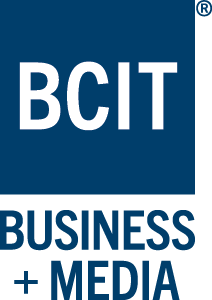







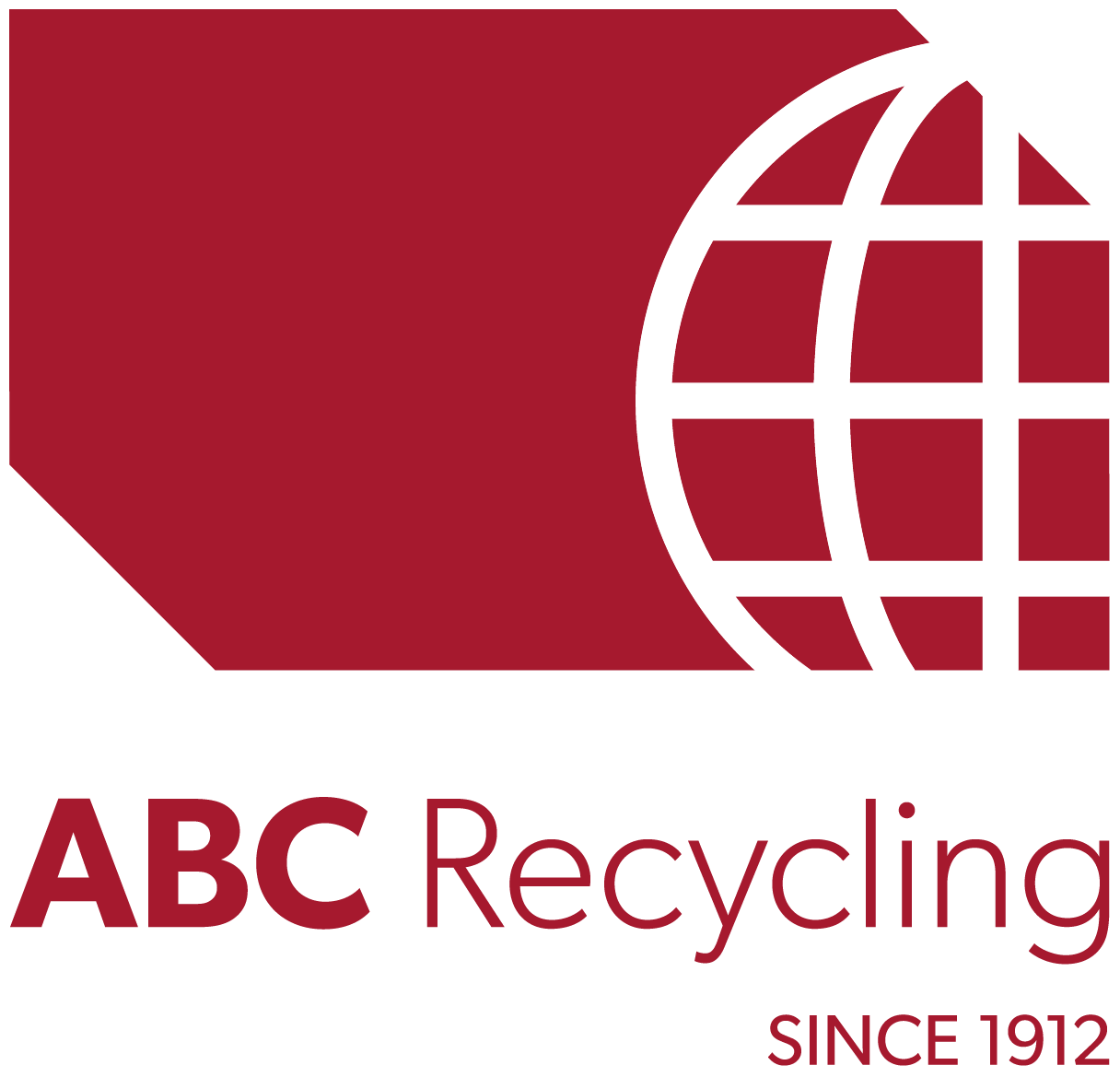
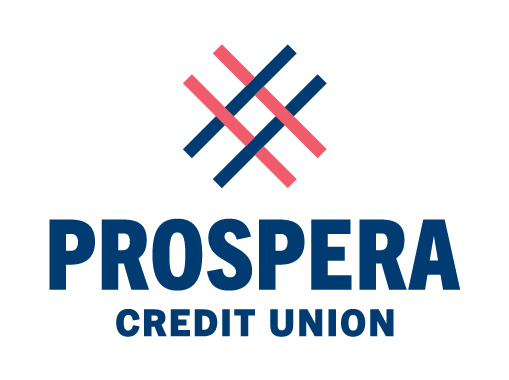
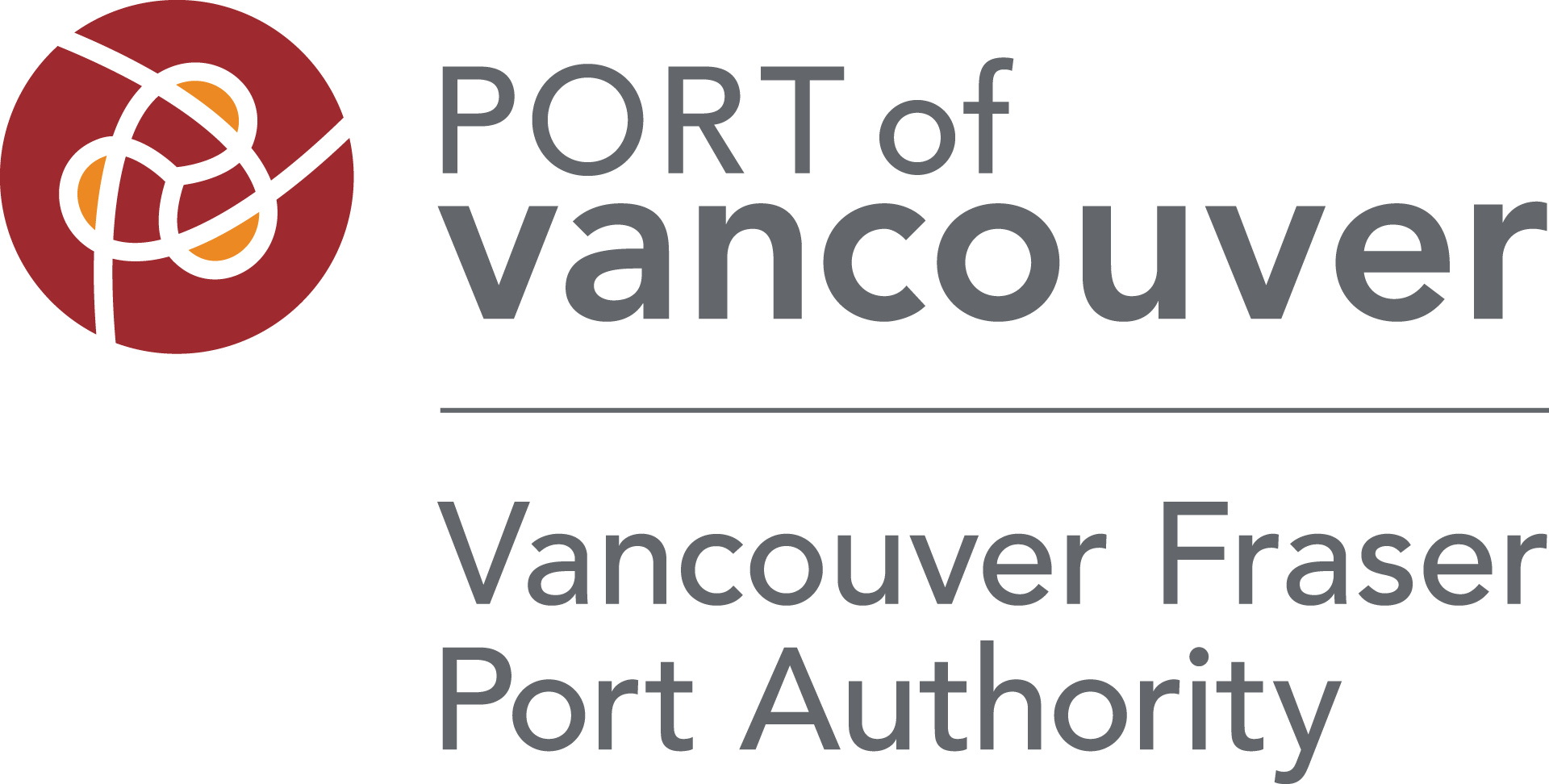

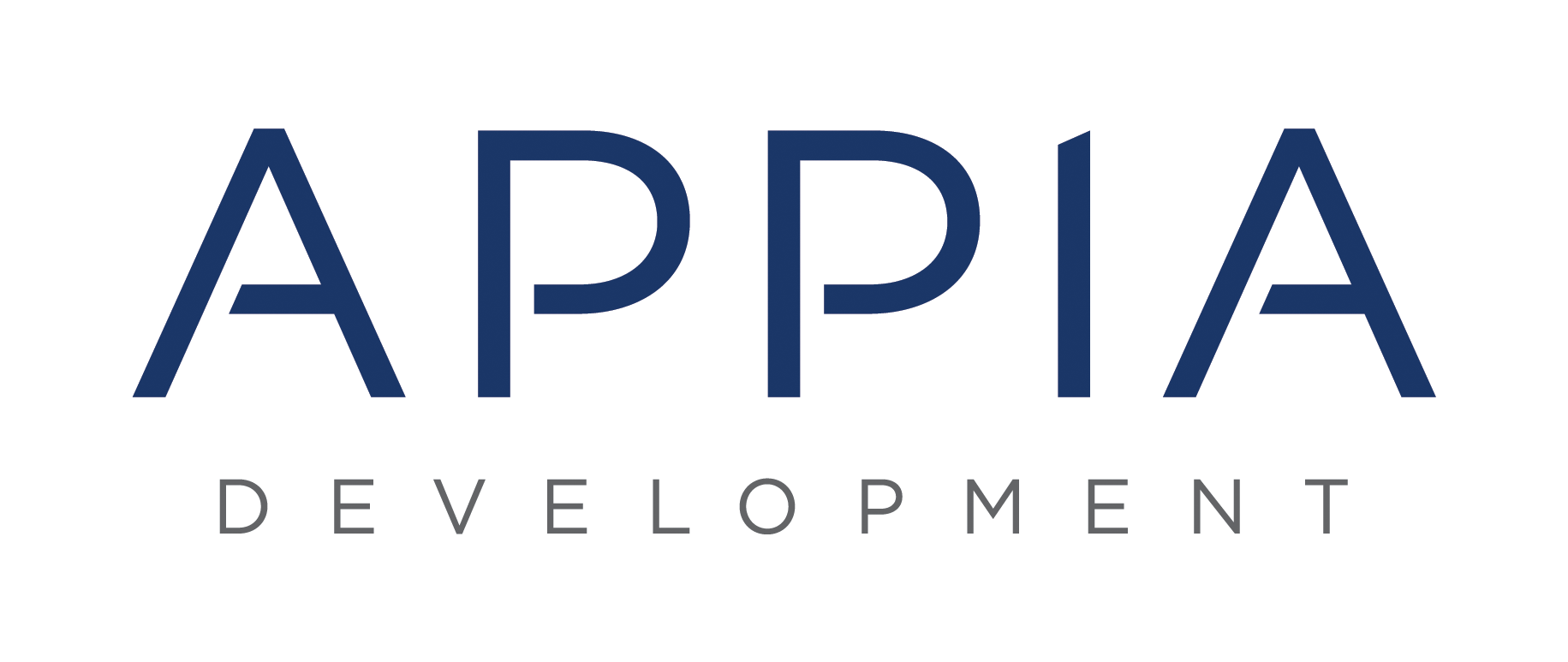
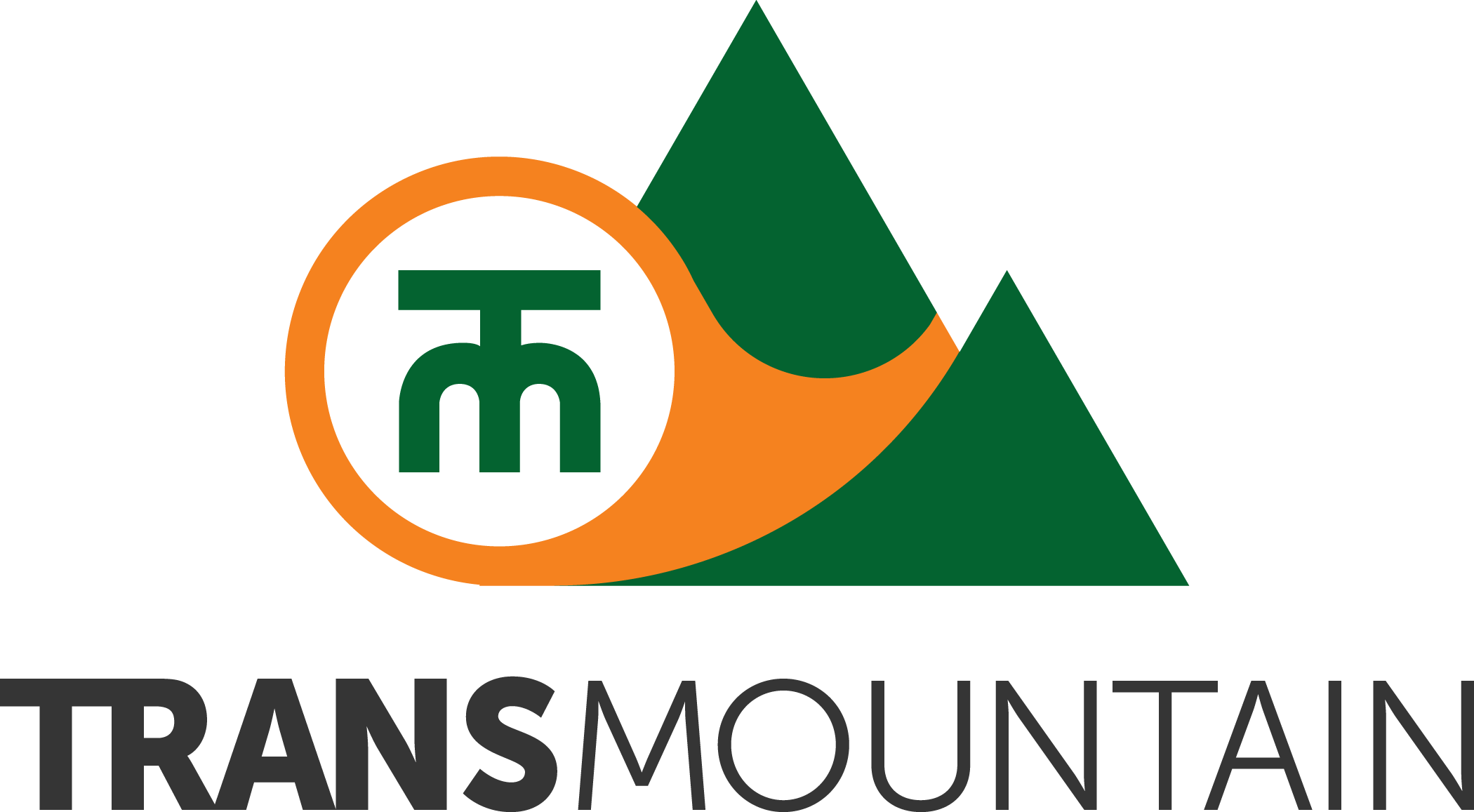

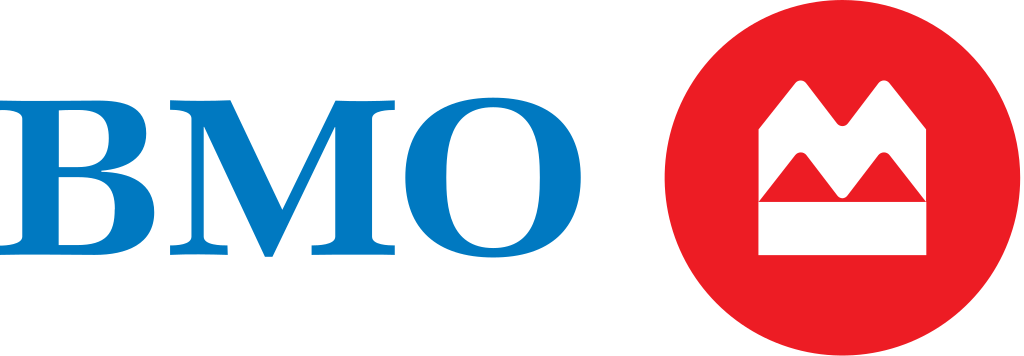
connect with us